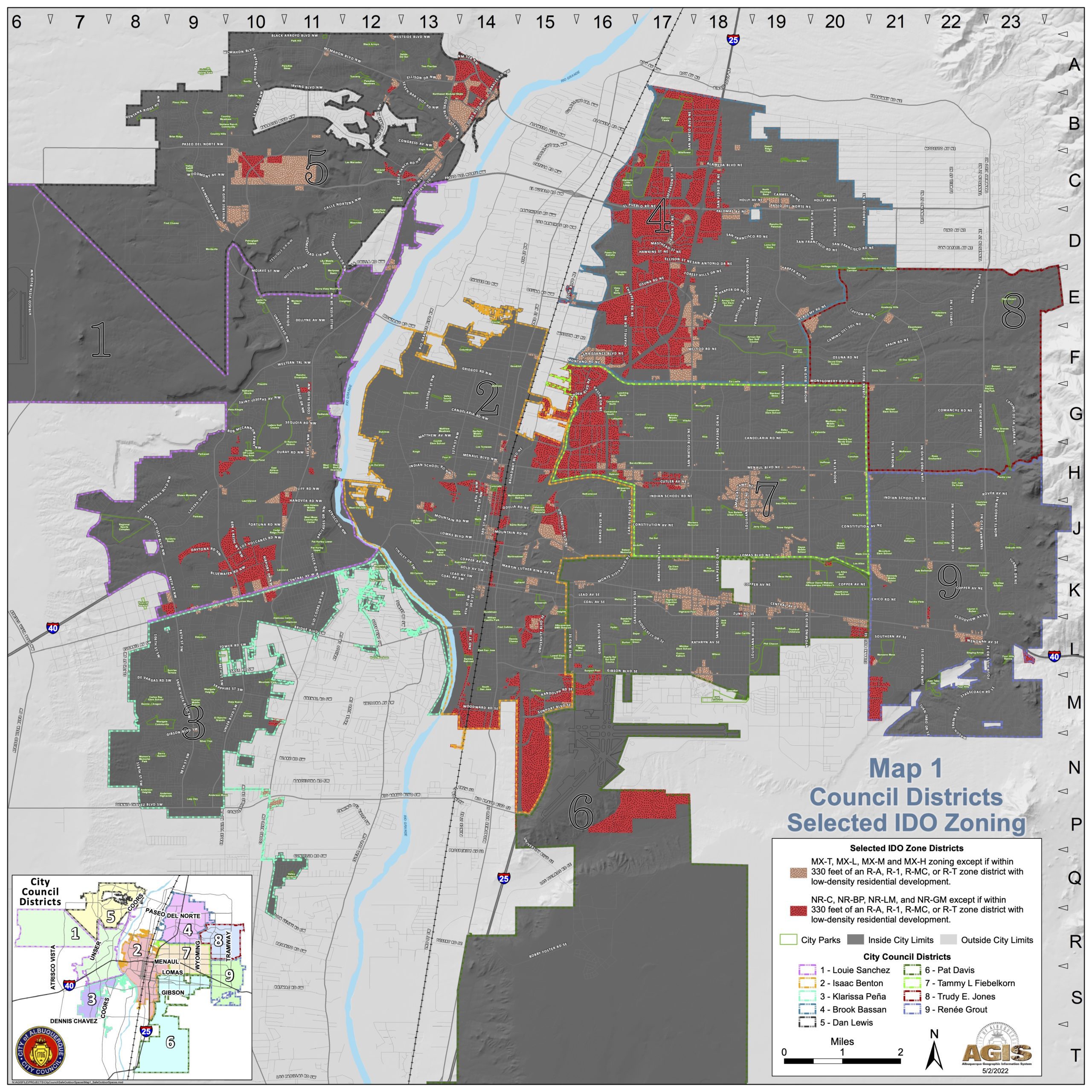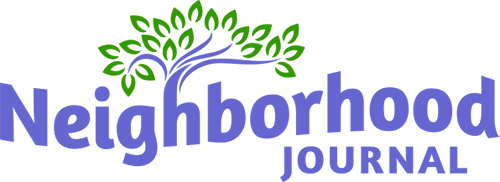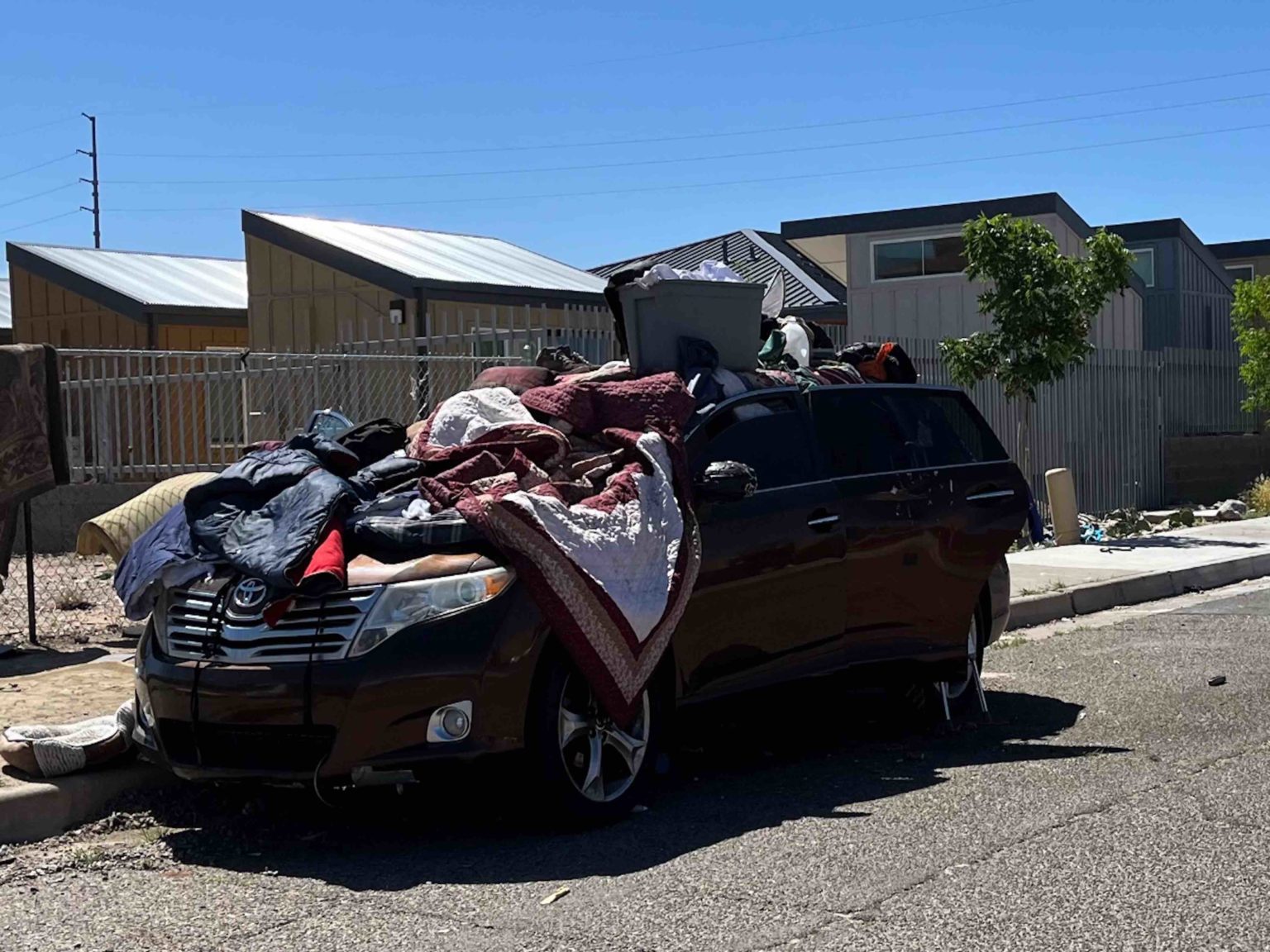A proposed amendment to the Integrated Development Ordinance annual update will allow safe outdoor spaces in the mixed use-moderate intensity and mixed use-high intensity zoned districts if passed. A safe outdoor space is a designated area for unhoused people to reside in. On Monday, the city council deferred making a decision on the IDO update until June 6.
“Safe outdoor spaces are structured very similar to Camp Hope in Las Cruces, where it has fencing, on-site management services available, plumbing and infrastructure. You have to be referral-based to even be able to be housed there,” Brook Bassan, district 4 city councilor, said during a May 16 phone interview.
In addition to the safe outdoor spaces, the city is considering providing living lots for unhoused individuals or persons living in their vehicles. Unused city properties and possibly some county or even school properties that have not been developed are being considered as locations for the living lots. Religious institutions will also be allowed to offer their properties as a designated living lot or safe outdoor space.
Bernalillo County currently operates a tiny home village at 101 Texas St. SE as another solution for the unhoused. According to bernco.gov, the 30-unit village was supposed to be at 100% occupancy as of July of last year. Many of those units are still vacant, and tents can be seen pitched on the streets surrounding the site.
When asked why it is so difficult to obtain residency in one of the tiny homes, a woman hanging outside a tent near the village said, “That is a good question. We are wondering the same thing.” The woman, who was with one other woman and two males who did not want their names printed or pictures taken, said she will wait as long as it takes to get shelter.
“If they kick us out of here, we’ll move a block down,” she said. “We have all the time in the world.” The other woman who was with her asked why the homes are only occupied by white people. “We are Native American,” she said. “This is our land. We own this land.”
When asked if they would be willing to pitch their tents in a designated living lot, one of the male individuals laughed and said, “Which one?” Pointing to the tiny homes, he asked, “That one?” And then pointing to a parking lot down the road, “Or that one?”
It was further explained to the group by their tents what the city was trying to do with the living lots and safe outdoor spaces. One of the ladies, with distinct tattoos on her face, said, “What? You mean they want to move us into a refugee camp?”
The group was committed to staying where they were until any living space became available. Although the thought of a camp-like safe outdoor space didn’t seem appealing to them, they kept saying, “We’re waiting.”
Bassan did not specify where the safe outdoor spaces or living lots would be located, but she did say it is important to ensure there is access to transportation and other necessities. “I agree that we don’t need to put these lots only in the districts that are already carrying a heavy burden,” Bassan said, “but we also have to take into consideration where is the food? Where are the transportation lines? So, it’s kind of a big tightrope balancing act to figure out.”

Bassan said living lots and safe outdoor spaces will help the city to better enforce local laws and ordinances and will act as a deterrent to others who think it easy to pitch a tent anywhere in Albuquerque. She said unhoused persons living in undesignated areas will be notified they have to move to an outdoor space or a living lot within 24 hours. “If you don’t, then you actually are going to be able to have the repercussions of a citation for loitering, trespassing or overnight camping. And we can start, once again, to enforce the laws we have,” Bassan explained.
During Monday’s city council public comment period, there was opposition to the proposed safe spaces and living lots, including one speaker who said putting the homeless into camps would allow them to better organize and participate in criminal activity. She said Los Angeles and San Francisco have become “shit holes” because of this. Another person who said he is a realtor is concerned that safe outdoor spaces will affect the real estate market and make surrounding neighborhoods less safe.
Bassan said finding the right locations for safe outdoor spaces and living lots will be difficult. “We don’t want this to be in residential areas. Nobody wants to have a lot like this right next to houses, or right next to schools, or right next to playgrounds, but at the same time we do have to find and identify a way,” Bassan said. “It’s not just putting all of the homeless people that we have either in one building, which I think would be a very dangerous nightmare, or put all of them on the west side 20 miles out of town. We have to provide some options, and it’s not going to be easy, but I think it’s going to make a difference.”
Costs and services
At Monday’s meeting, the city council approved the budget for the 2023 fiscal year on a 7-2 vote. About $20 million was approved for rental vouchers and affordable housing, but the cost of living lots and safe outdoor spaces is still unknown.
When asked what the associated costs are, Bassan said, “Living lots will be minimal because I’m talking about using property we own,” adding that the city would provide porta potties, washing stations and trash cans.
“We already have services going out every day,” Bassan continued. “We already have the Solid Waste Department, Parks Department, Metro Security, Family and Community Services, Albuquerque Community Safety Department. We probably have seven or eight different departments already doing encampment cleanup throughout the town and we already have all of this effort going into trying to connect people with nonprofits. Imagine the productivity we can have if we can make sure that all of them can go and still offer all the services they’re doing but instead of at one individual campsite and then driving 20 minutes to another and then 15 minutes to another, they can actually do a higher quantity and higher volume of service or cleanup. I don’t think these living lots are going to cost us that much money, and again they’re going to be temporary.”
Safe outdoor spaces, on the other hand, will cost the city more because they will require plumbing, infrastructure, on-site management space, security and tents for the unhoused. “Safe outdoor spaces will absolutely cost us some money,” Bassan said.
In addition to the temporary safe outdoor spaces and living lots, the city is considering purchasing motels for a more long-term housing solution. Bassan said if the council approves the proposals on June 6, it will still take a couple years to set up the safe outdoor spaces, but living lots can begin operating immediately.
“I think we have to get creative and try different things, but let’s not spend millions of dollars each time to do it,” Bassan added. “Let’s start with something that’s low cost, because what’s the worst that can happen? If it doesn’t work, we go back to exactly what we’re doing now.”


